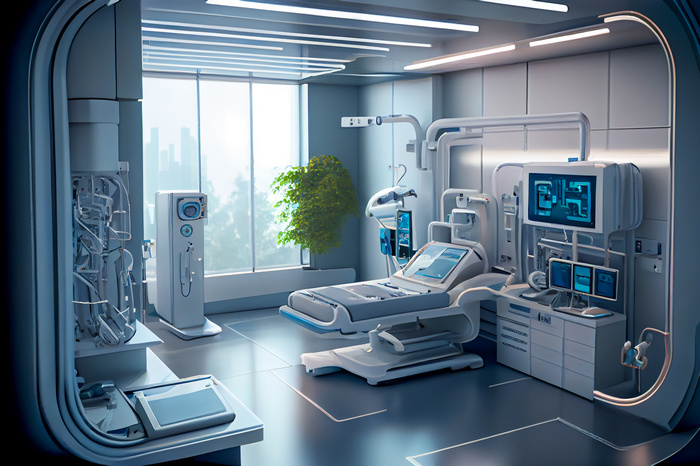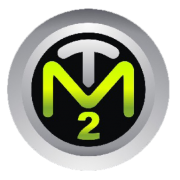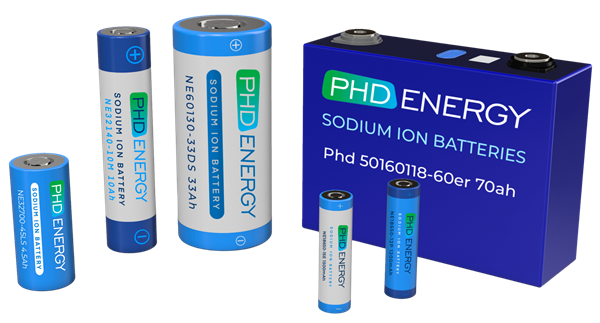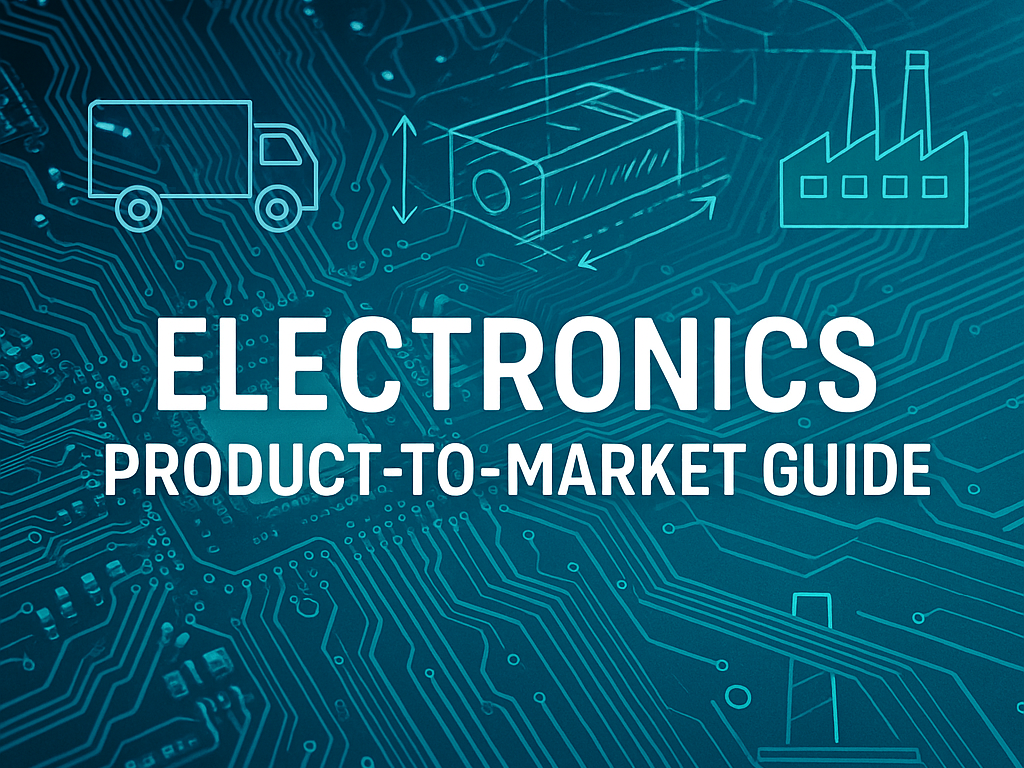
Designing and producing a custom connector for an aesthetic medical device involves several stages. These stages may involve professionals from several disciplines, including industrial design, mechanical engineering, electrical engineering, and materials science. Here is a general breakdown of the steps that might be involved:
1) Define Requirements and Constraints
The first step involves understanding the requirements and constraints of the connector. This may include the physical size and shape, the type of signals it needs to transmit (e.g., electrical, optical, fluidic), environmental factors (e.g., temperature, humidity, exposure to chemicals), safety and reliability requirements, and any regulatory standards it needs to meet.
2) Conceptual Design
The next step is to come up with conceptual designs for the connector. This typically involves sketching and creating CAD models. You might consider various designs that meet your defined requirements and constraints.
Caution, several barriers can emerge during this phase. Here are some of the most common ones:
- A Lack of Clear Objectives: It's hard to make progress without a clear understanding of what the design should achieve. The design team needs to know the project's functional requirements, constraints, and goals.
- Limited Creativity: Conceptual design often requires thinking outside the box. However, designers can sometimes be constrained by their own thinking patterns or a culture that doesn't encourage creativity.
- Communication Challenges: In multi-disciplinary teams, professionals from different fields (like engineers, designers, and business people) can have difficulty communicating because they use different terminologies or have different perspectives.
- Limited Resources: Time, budget, and personnel are common resource limitations inhibiting the conceptual design phase.
- Technological Limitations: Designers are often limited by the existing technology and tools. It can be a significant barrier if the tools they need to bring their concepts to life don't exist.
- Regulatory Restrictions: For specific industries like medical devices, automotive, or aerospace, regulatory restrictions can significantly constrain conceptual design. Designs have to comply with specific standards and regulations, which can limit creativity and increase complexity.
- Market Understanding: If the design team doesn't fully understand the target market or user needs, it can lead to a design that doesn't meet user expectations or needs.
- Fear of Failure: A fear of failure can prevent designers from taking risks and proposing innovative concepts. This can lead to conservative designs that don't push boundaries.
To overcome these and other barriers, it is crucial to have clear communication, encourage creativity, understand user needs, and have a supportive environment that allows for risk-taking and iterative design. It may also be beneficial to use techniques like design thinking, which promotes user-centered design and iterative problem solving, to aid conceptual design. (If you have barriers slowing the project, please get in touch with the MaRCTech2 team!)
3) Detailed Design
Once a conceptual design is chosen, you will need to move into a detailed design. This might involve creating detailed CAD models, specifying materials, and defining manufacturing processes. This stage might also involve detailed analysis to ensure the design meets all requirements, such as structural or signal integrity analysis.
4) Prototyping
Next, you'll likely want to create a prototype of the connector. This might be done using rapid prototyping technologies like 3D printing, or it might involve traditional machining. This stage aims to have a physical part that you can test to see if it meets the design requirements.
5) Testing
With a prototype in hand, you can then test whether the connector meets the design requirements. This might involve mechanical, electrical, environmental, and life-cycle testing, among others.
6) Iterative Design
Based on the testing results, you might need to go back to the design stage to make changes and create a new prototype. This iterative design, prototyping, and testing process might be repeated several times until the design is satisfactory.
7) Manufacturing Setup
Once you're happy with the design, the next stage is to set up for manufacturing. This might involve creating tooling, setting up production lines, and establishing quality control processes.
8) Production
Finally, you can begin producing the connector. This will likely involve ongoing quality control to ensure the produced parts meet the design specifications.
9) Post-Production Evaluation
After the connectors are produced and implemented into aesthetic medical devices, monitoring and evaluating their performance is essential. This could lead to further improvements and iterations of the connector design.
Remember that designing a medical device component is a highly regulated process, and the device will need to comply with regulations specific to the regions where it will be marketed, like FDA (USA), CE (EU), etc. So, consider incorporating regulatory considerations into each step of the design and production process.
Also, consider involving end-users (like doctors, nurses, or technicians who will use the device) in the design process to ensure the connector design is user-friendly and meets the user's needs.
Our premiere manufacturers can provide support at each stage of development and production.




